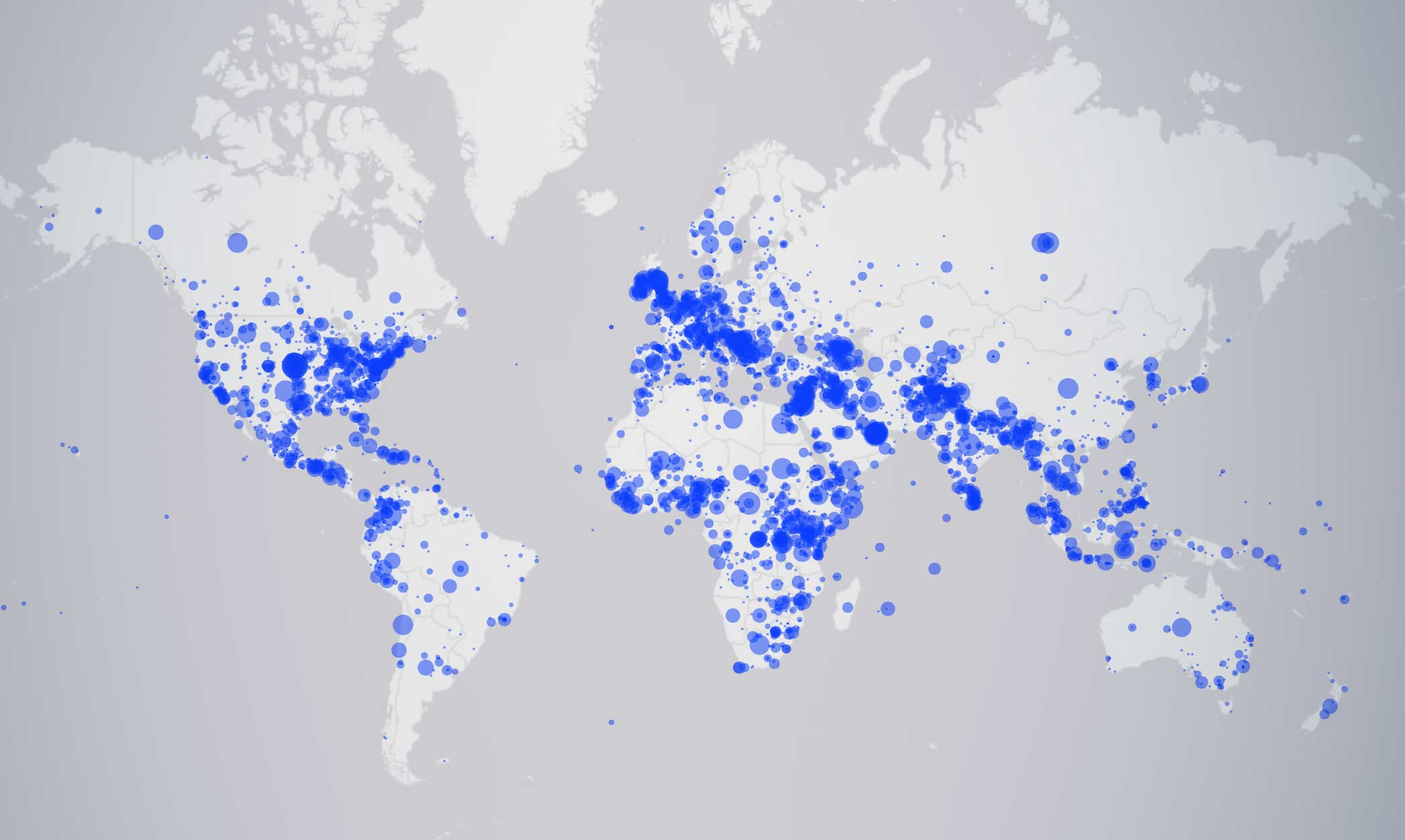Insight
Past is Precedent: Mining for Meaning Across Two Decades of Research on Extremism and Political Violence

The rise in deadly attacks inspired by extremist groups across the globe, from Berlin to Bamako, has left a destructive impact in its wake. Over the last 16 years, the world has witnessed a nearly tenfold increase in the number of fatalities resulting from attacks by extremists, according to the 2016 Global Terrorism Index. The residual losses in property and, in some cases, reversal of economic development gains arising out of extreme political violence are difficult to quantify. A report by the Institute for Economics and Peace found that the global cost of containing violence reached a record $9.46 trillion in 2014. Other estimates suggest that annual economic costs imposed specifically by extremist violence peaked at more than $50 billion in the same year. By any metric, the majority of those costs have been born by fragile states in the Middle East, Africa, and Asia that are already struggling to stay afloat.
Programming, research, and policies addressing the expansion of and support for violent extremism have struggled to keep up with the continued proliferation of extremist groups and incidents. The 2015 White House Summit on Countering Violent Extremism, and the 2016 UN Secretary General’s Plan of Action to Prevent Violent Extremism, catapulted efforts to understand and address the rising threat into the global spotlight. While preventing and countering violent extremism (P/CVE) is a relatively nascent field of practice, studies and research on terrorism, radicalization, and similar topics have been ongoing for decades. Such research has necessarily informed our efforts to address terrorism and violent extremism, with implications for both policy and practice. This begs the question: what exactly have we been studying, what have we missed, and how does that impact our ability to implement effective policies and programs to address this pervasive threat?
A report by the RESOLVE Network, “Mining the Gaps: A Text Mining-Based Meta-Analysis of the Current State of Research on Violent Extremism,” explores that question in depth. Written in collaboration with Stability Analytics Incorporated (SAI), the report sheds much needed light on the current state of the art in research relevant to P/CVE. Leveraging innovative machine learning and data analysis techniques, our team of researchers collected and reviewed over 3,100 English language journal articles on topics related to extremism, violent conflict, and violent social movements in several academic fields spanning the past 18 years – a task that would take a team of humans years to accomplish. Findings from this effort reveal the often singular focus on specific locations, conflicts, and phenomena driving intrastate and intracultural violence in the post-Cold War period.
The findings suggest a persistent trend toward the overrepresentation of studies focused on conflicts in the Middle East and Europe. It appears that research in equally critical geographic areas where conflict has long endured such as North Africa and the Sahel, parts of South Asia, and Southeast Asia has been comparatively thin, at least in the English language. A significant portion of the literature is dedicated to the study of active conflict areas like Afghanistan, Pakistan, and Iraq, or areas of the Global North such as the Balkans and Ireland. Meanwhile, places like Chad, Mali, and Nigeria receive little sustained attention. The relative absence of studies on these areas is problematic given lessons their comparative experience in combatting violent sociopolitical movements and extremism could provide to policymakers and practitioners. This is particularly so in countries like Algeria, where a history of intense, violent conflict could reveal important insights with cross-cutting implications for our understanding of the drivers of and support for violent actors and narratives.
In addition to an overemphasis on specific geographies, the RESOLVE Network’s analysis indicates that research is also biased toward the study of certain niche topics. While it is important to invest in understanding security cooperation and humanitarian assistance, failing to understand how they relate to violence and grievance risks overlooking key drivers of violent extremism. In Afghanistan, for example, research over the past two decades is shown to be associated with topics including counterinsurgency and fragility, but not with topics such as justice and religious identity. This proves problematic in light of reporting in 2015 that suggested that failures in the justice system led some local populations to turn to the Taliban as an alternative provider. Similarly, research on Bangladesh has consolidated around issues pertaining to economic development and resource management, neglecting critical trends such as increasing religious fundamentalism and indiscriminate violence. Singular focus on popular topics risks masking underlying issues and connections that may otherwise contribute to violence.
Violent extremism is an ever-evolving problem set, requiring a deep understanding of the multiplicity of contributing factors, individuals, and dynamics. In the absence of detailed documentation and holistic research on the drivers of violent extremist attitudes and behaviors, not to mention the contexts in which they arise, we remain ill-equipped to effectively prevent or address its threat.
What we need, and what we require, is to close the gaps that have characterized the past two decades of research. Investment in context-specific research agendas driven by local practitioners is the surest path to producing actionable findings and evidence-based programming.
For any further media inquiries please contact resolve@resolvenet.org